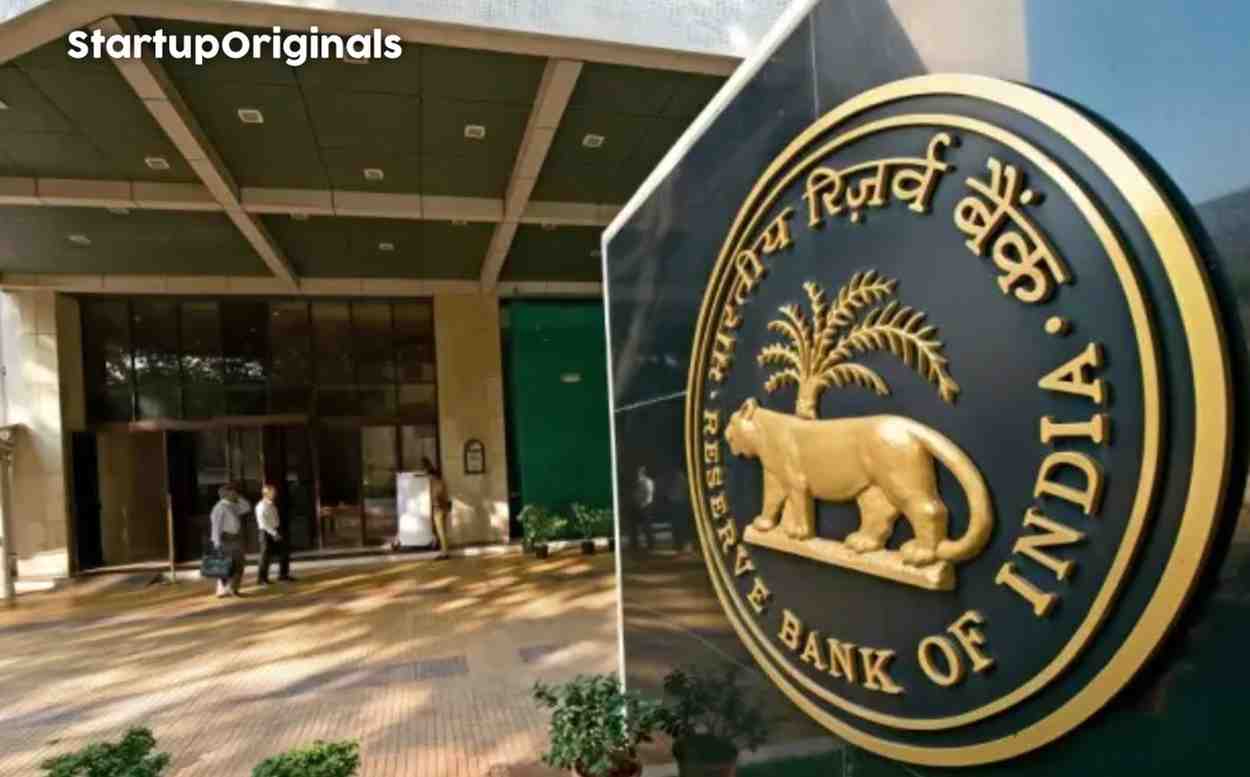
To strengthen security in India’s fast-growing digital payments ecosystem, the Reserve Bank of India (RBI) has introduced new guidelines requiring two-factor authentication (2FA) for every digital transaction. The rules, under the RBI (Authentication Mechanisms for Digital Payment Transactions) Directions, 2025, will come into force on April 1, 2026.
What the New Guidelines Require:
- Mandatory Two Distinct Factors: Every digital payment must include two different authentication factors, from “something the user knows” (PIN, passphrase), “something the user has” (device token, hardware token), or “something the user is” (biometrics).
- One of those factors must be dynamic or transaction-specific, such as a one-time password, session token, etc. Static credentials alone won’t suffice.
- Risk-based checks allowed: Issuers (banks, fintechs) can add additional authentication steps based on transaction risk (e.g. high value, cross-border, unusual pattern) beyond the base 2FA.
- Cross-border & Card-Not-Present (CNP) rules: For non-recurring cross-border or CNP transactions requested by foreign merchants or acquirers, extra authentication must be supported.
Timeline & Transition:
- Implementation to begin April 1, 2026.
- For cross-border CNP transactions, additional mechanisms must be in place by October 1, 2026.
Why This Change?
- Curb Fraud & Strengthen Trust: As digital payments explode, fraud risk also rises. The RBI aims to shore up trust by making authentication more robust.
- Flexibility in Methods: While OTPs (one-time passwords) remain acceptable, the new framework allows alternative methods, biometrics, tokens, passphrases, giving issuers freedom to innovate.
- Align with Global Standards: The rules bring India closer to global norms in payment authentication, where layered security is standard.
What Users & Providers Must Do:
- Banks, fintechs, payment aggregators, card issuers must update their infrastructure, user interfaces, and back-end systems to support new 2FA flows and risk checks.
- Developers & payments platforms will need to support dynamic authentication methods, device biometrics, token generation, and fallback flows.
- Consumers may need to register biometric options, set up app tokens or designate devices in advance to avoid friction.
Conclusion:
The RBI’s mandate for mandatory two-factor authentication is a major step in fortifying the security of India’s digital payments. While the timeline gives two years of adjustment, stakeholders across the ecosystem will need to gear up. For users, this should eventually bring safer, more reliable transactions, even if it means adapting to new authentication steps soon.




